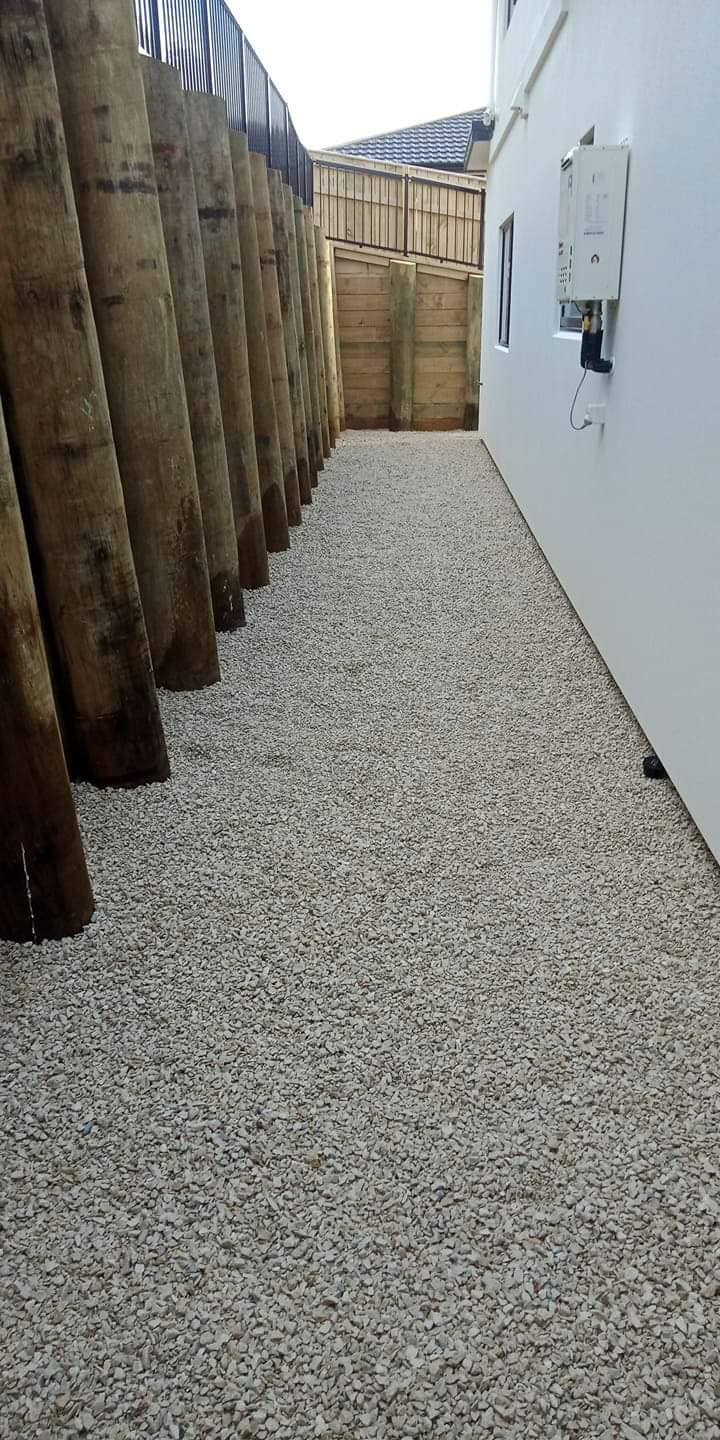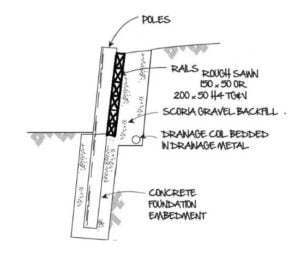RETAINING WALL BUILDERS WELLINGTON

Obligation Free Quote
Get landscaping Wellington locals trust! Get in touch now to start turning your outdoor space dreams into reality!
Call now or send us an email to book your free quote.
landscaperswellington@gmail.com
020 412 46333
Retaining Wall Wellington
A good retaining wall looks great and will last for decades. A type of retaining wall that is very common when landscaping Wellington sites. locals often opt for a standard timber retaining wall because they look good and are fast to construct while being suitable for almost all scenarios. While concrete block style retaining walls are always an option, they are considerably less cost-efficient due to materials and the time-consuming construction process.
The rugged and steep hills that are synonymous with Wellington make retaining walls commonplace on many properties. They are often utilized to carve out sections of a hillside to create more open space or built on the side of a downward slope to maximise space already on site.

Retaining Wall Builders Wellington Trusts
We understand the importance of having a retaining wall built right to withstand the weather extremes that are common in the Wellington region. Due to the hilly terrain of the Wellington region and sudden heavy downpours, this combination can result in large amounts of water being funneled down the hillside and running through people’s properties.
If a retaining wall is not constructed correctly then you run the very real risk of having a catastrophic failure of the retaining wall which can cause significant damage to buildings below the wall or cause a collapse of structures that are supported by the retaining wall.
Here is a list of 6 factors that can cause a retaining wall to fail:
- Poles/pile diameter too small
- Distance between poles/piles too far
- Poles/piles not set in concrete to a sufficient depth
- Retaining boards too narrow
- Retaining boards not rated for ground contact
- Improper drainage behind the wall

Let’s take a closer look at why these points are important.
- Pole/pile diameter too small
This can be a critical failure point for a retaining wall. Smaller retaining walls (typically below 1m in height) can be constructed with common house piles. Unfortunately, we see all sorts of materials used for retaining wall posts. A common one being fence posts. Fence posts are normally only 100 x 100mm in diameter and should not be relied on to withstand the immense load placed on a retaining wall.
For walls over 1m in height round small end diameter (SED) poles are most common. They come in a variety of diameters and the size can be selected specifically for each wall dependant on height. These poles are also treated to H5 and are structurally rated to withstand the pressures of a retaining wall.
- Distance between poles/piles too far
Retaining walls require a lot of bracing to hold back the forces pushing against the wall. When using wooden poles to brace the wall it can seem like overkill to have poles spaced every 900mm, especially with a large retaining wall above 2m high where the diameter of the poles can already be 300mm.
When the spacing for poles is spread too far apart each pole has to work so much harder to hold the wall up. When the earth above gets water-laden it can be too much weight and the wall may begin to fail by either snapping the poles or retaining boards bowing and breaking as they are spanning a gap too far for the weight behind them.
- Poles/piles not set in concrete to a sufficient depth
When the poles/piles are not concreted to a sufficient depth the wall can be pushed over by the weight behind the wall. Even if the wall doesn’t fail completely it can cause the poles to move and settle in a new position which makes the retaining wall look crooked and unsightly.
- Retaining boards too narrow
If retaining boards aren’t used for retaining walls the boards can be susceptible to warping and cracking. As there are many varieties of timber that can be rated for exterior use it can be appealing to buy cheaper materials.
Retaining boards are normally 50mm thick which gives them structural integrity as they span between each post or pile. 25mm boards spanning the same distance will not have enough strength to retain the backfill without bowing or breaking. When this occurs the backfill can begin spilling out of the wall.
- Retaining boards not rated for ground contact
Retaining walls need to have exterior timber treated to H4. A common mistake is to use materials which are H3.2 which is rated for exterior use but not for ground contact. These materials will eventually begin to rot as the timber is not suitable to be in contact with the ground and wet for extended periods.
- Improper drainage behind the wall
A critical component of a long-lasting drainage wall is a proper drainage system. It is probably the most common cause of retaining wall failure that we see and when done right can ensure the longevity of the wall for decades.
When there is no drainage material behind a wall the waterlogged soil becomes extremely heavy and exerts a lot of force against the wall for extended periods which eventually causes the wall to give way.
A quality retaining wall will have at least 300mm of drainage gravel between the wall and the earth. This allows any water that reaches the wall is able to freely drain to the base of the wall and into the drainage pipe laid at the base.
At the bottom of the wall is a length of a perforated drainage pipe that takes excess water away from the wall and ideally connected to a sump or suitable area to divert the water.
A further step we take is adding a layer of filter cloth material between the drainage gravel and the soil. This prevents fine soil particles from working their way into the gravel during heavy rains and reducing the flow of water down and away from the wall.
